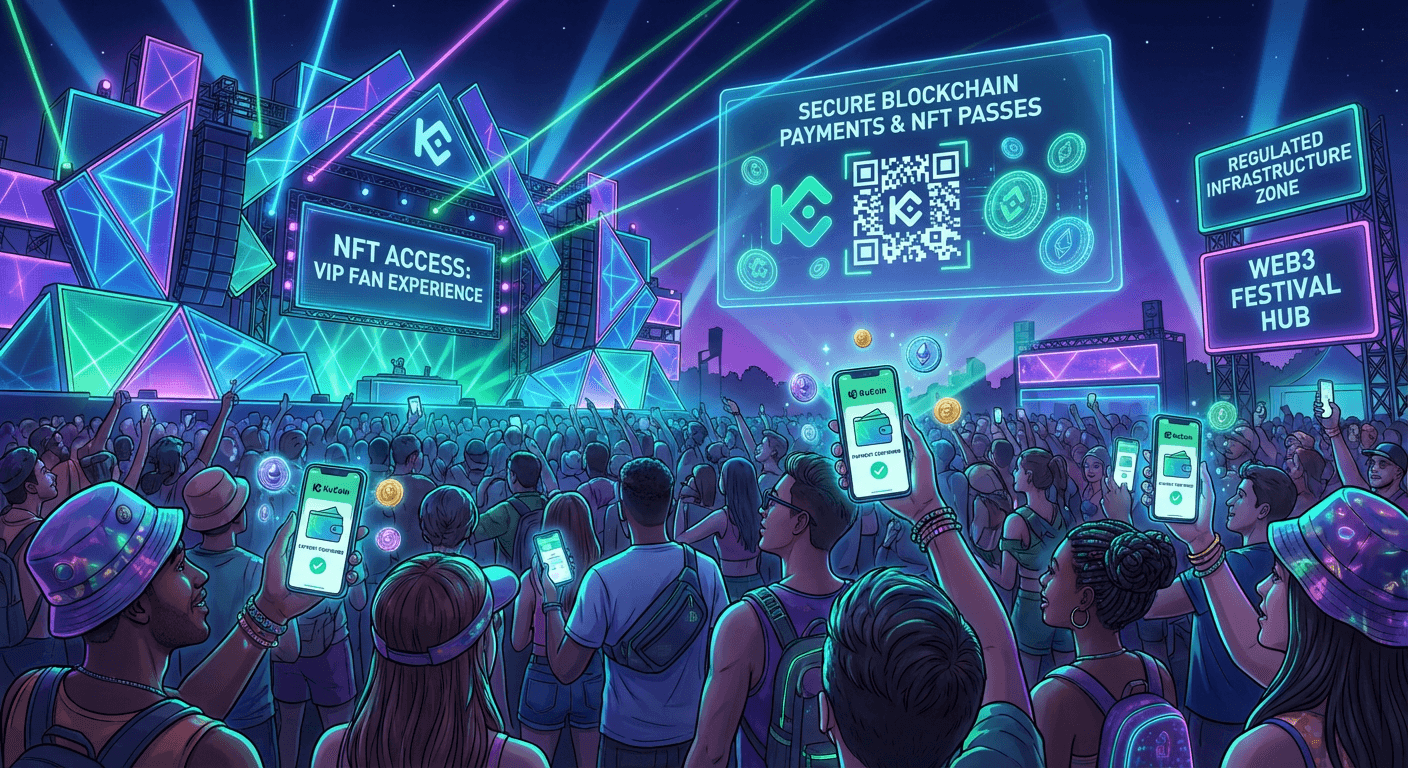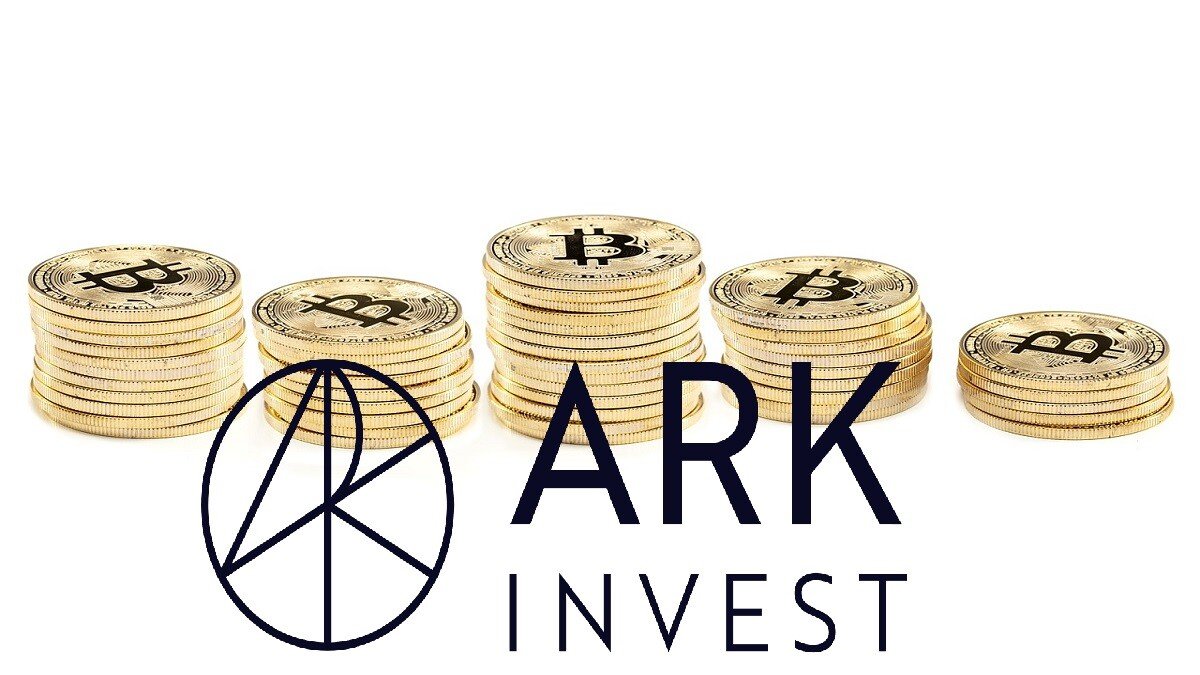Exchange continues to gain market share as it faces challenges and regulatory scrutiny
The world’s largest crypto exchange, Binance, continues to grow its market share while attracting more and more attention from regulators and critics. According to representatives of the exchange, the complexity of interacting with regulators is complicated by a number of subtleties inherent in the cryptosphere.
Binance has set itself the goal of hiring an independent auditor to fully verify the balance, but large companies have not yet risked working with cryptocurrency platforms. Their analysts are still looking into a sector that lacks agreed-upon standards for issues such as price volatility, Leon Fung, head of Binance Asia Pacific , told Bloomberg in an interview .
It will take more time, he said. Fung laments the limited resources of traditional auditors, elaborating that they need additional insight into areas outside of their area of expertise. There will be problems if “they get something wrong,” he told reporters.
Why is an audit so important?
Confirmation of the availability of assets of a crypto exchange, performed by an auditor with a worldwide reputation and a good reputation, is very important, explains Roman , co-founder of the ENCRY Foundation. First of all, it is important for working with large fund managers and institutional investors, that is, those who invest the assets of their clients. In addition, the presence of proven reserves is a trump card when dealing with global regulators, who are watching the crypto industry more and more closely every year. For Binance, the presence of reserves is all the more relevant, since the company issues its own stablecoin BUSD, the expert adds.
Binance has established itself at the center of the digital asset sector, which has increased pressure and demands for transparency since the resonant collapse of the FTX exchange. It is not the first time that representatives of the exchange refer to the difficulties of auditing in the field of cryptocurrencies, but at the same time, the annual reports of the second largest crypto exchange Coinbase are regularly compiled by Deloitte, that is, the very fact that a representative of the Big Four is dealing with crypto business, quite takes place.
“The absence of a reliable auditor partner is a big reputational risk and increased risks of various litigations with regulators, mainly American ones,” Roman clarifies.
In December 2022, Binance introduced what it calls “proof-of-reserves” based on an analysis by accounting firm Mazars Group. It was an attempt to reassure clients about the safety of their assets. The report did not comply with a full financial audit, and Mazars later suspended work with cryptocurrency companies.
The head of the exchange, billionaire Changpeng Zhao, said at the end of 2022 that users’ assets are “secured 1: 1, and Binance itself has no debts.” The comments came immediately after the exchange experienced a massive outflow of funds amid a global decline in user confidence in centralized trading platforms after the FTX story.
In January 2023, the exchange admitted that it mistakenly kept collateral for some of the tokens it issues in the same wallet as the exchange’s customer funds. She also acknowledged past shortcomings in managing her stablecoin reserves. Binance is now working on separating collateral and client assets as quickly as possible, Fung said in an interview. He added that the exchange is also looking to produce a new expanded proof of reserve report.
Binance employs over 7,000 people. The exchange is not mentioned in the ever-growing list of crypto companies that have cut jobs since last year’s market crash. The second largest crypto exchange Coinbase laid off 1,100 employees in the summer, explaining the decision by preparing for a “long crypto winter”. About the same number of employees were forced to leave their jobs at Kraken in November, and ByBit, Crypto.com, Gate.io and other trading platforms also reported layoffs.
Fung says the company wants to attract 200 million users from the Asia-Pacific region and is evaluating where to invest to improve customer experience and protect customers. At the same time, it is focused on improving efficiency and identifying areas for hiring and “where restructuring is needed if needed.”
The Asian segment of the crypto market seems to be really interested in Binance. It recently acquired a majority stake in major Korean crypto exchange Gopax.
Gopax is one of the top 5 exchanges in Korea in terms of Won trading volume along with Upbit, Bitsum, Coinone and Corbit. A series of negative events, including the bankruptcy of the FTX exchange, the problems of the Genesis crypto lender, and the global economic crisis, provoked liquidity problems on the exchange last fall.
In November 2022, the exchange bought a stake in the Japanese platform Sakura Exchange (SEBC), and in December, media reported that it plans to increase its stake in the Indonesian platform Tokocrypto to almost 100%.
Binance has announced the acquisition of Japanese crypto exchange Sakura Exchange BitCoin (SEBC). With this purchase, Changpeng Zhao’s company enters the Japanese cryptocurrency market as an entity registered with the country’s financial regulator, the Financial Services Agency (FSA).
The token of the Indonesian crypto exchange Tokocrypto (TKO) rose by 40% amid the news that the site will almost completely come under the control of the largest crypto exchange Binance. The price of the coin increased from $0.27 to $0.38, according to CoinGecko. With a total market capitalization of $26 million, the daily trading volume of the token was $43 million.
“It’s Getting Harder to Balance”
To date, Binance has the largest share of the crypto market. According to research firm CryptoCompare, the exchange accounted for 55% of global spot crypto trading in January 2023, up seven percentage points from the FTX crash in November.
“The share of the company is very large. It also poses a risk of excessive scrutiny from regulators. I would say that now Binance is a bit of a colossus with legs of clay, where the legs are AML and KYC procedures,” Roman comments.
Being registered offshore and without an official headquarters, Binance often faces scrutiny from global regulators. In January 2023, the US authorities named Binance a “counterparty” to the Bitzlato crypto service, which they accuse of laundering millions of dollars in criminal money. Representatives of the exchange immediately stated that they were open to any cooperation with law enforcement agencies.
The little-known cryptocurrency exchange Bitzlato was accused of laundering $700 million by U.S. officials on Wednesday, and Binance, the largest cryptocurrency exchange in the world, was listed as a counterparty in an order against it.
The Financial Crimes Enforcement Network of the Treasury Department listed Binance as one of the receiving and sending counterparties connected to Bitzlato, making it the largest cryptocurrency exchange by trading volume worldwide (FinCEN).
This week, Binance temporarily suspended USD bank transfers for users without giving an official reason. In January, one of the exchange’s banking partners, Signature Bank, also without giving reasons, said it would stop making transfers to its clients who buy or sell assets for less than $100,000.
The largest cryptocurrency exchange in the world, Binance, said on Monday that it would stop accepting deposits and withdrawals in dollars. The business gave no explanation for the move.
As of February 8th, “We are temporarily suspending USD bank transfers,” a representative for Binance informed CNBC. Customers who are affected are being informed directly. The company noted that “we are working diligently to reinstate service as quickly as possible” and stated that “0.01% of our monthly active users leverage USD bank transactions.”
The company’s subsidiary Binance US, which is subject to regulation by the Financial Crimes Enforcement Network of the Treasury Department, stated in a tweet that it is unaffected by the ban. Only non-U.S. clients who transfer money to or from bank accounts in dollars are affected by the change.
https://t.co/gM6e3xb9BX is not affected by this suspension. Unless you see an official message from https://t.co/gM6e3xb9BX, our customers will not be affected.
— Binance.US Customer Support (@BinanceUShelp) February 6, 2023
Binance has been trying to balance for several years now between compliance with various anti-money laundering requirements of regulators and the ideals of a decentralized crypto world with its lack of censorship in translations “as the main value of cryptocurrencies,” Roman argues, adding that “every year it becomes more difficult to balance.”
Market Share
The growth of Binance’s share in the cryptocurrency market coincides with its overall recovery after a difficult 2022, which will be remembered for several stages of a significant collapse and prices, a series of high-profile bankruptcies of leading players and mass layoffs.
Crypto market capitalization recently exceeded $1 trillion for the first time since the November crash of FTX, while the two leading cryptocurrencies, Bitcoin and Ethereum, have risen in price by 40% and 30% respectively in January. The inflow of funds into crypto assets this year amounted to $230 million, according to the investment group CoinShares.
The rest of Binance’s competitors are struggling to keep up. Following the FTX crash, U.S. Coinbase increased its spot market share by less than one percentage point to 6.5%. According to CryptoCompare, the share of other exchanges, such as Kraken or Crypto.com, has declined over the same period. At its peak last summer, FTX controlled approximately 5.6% of the spot market.
Binance has also increased its presence in the cryptocurrency derivatives space, in which FTX had a 4% market share before its collapse. Since November, Binance’s share in the exchange trading of cryptocurrency derivatives has grown from 58% to 61%, while the share of the closest competitor in the face of OKX has not changed and amounted to 13-14%.



